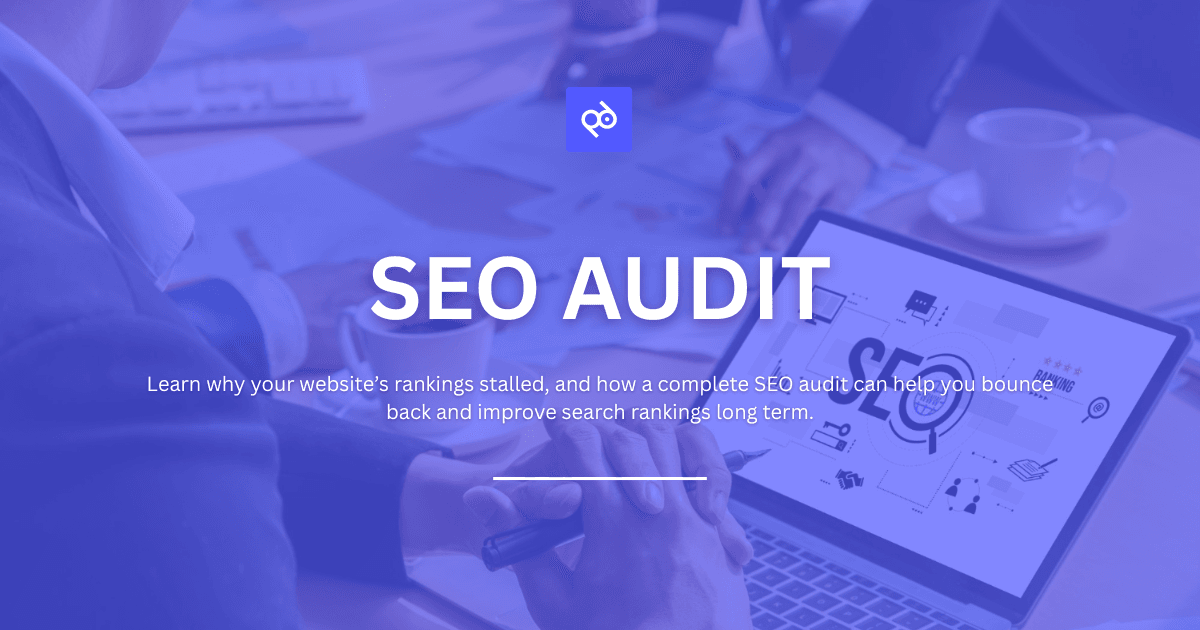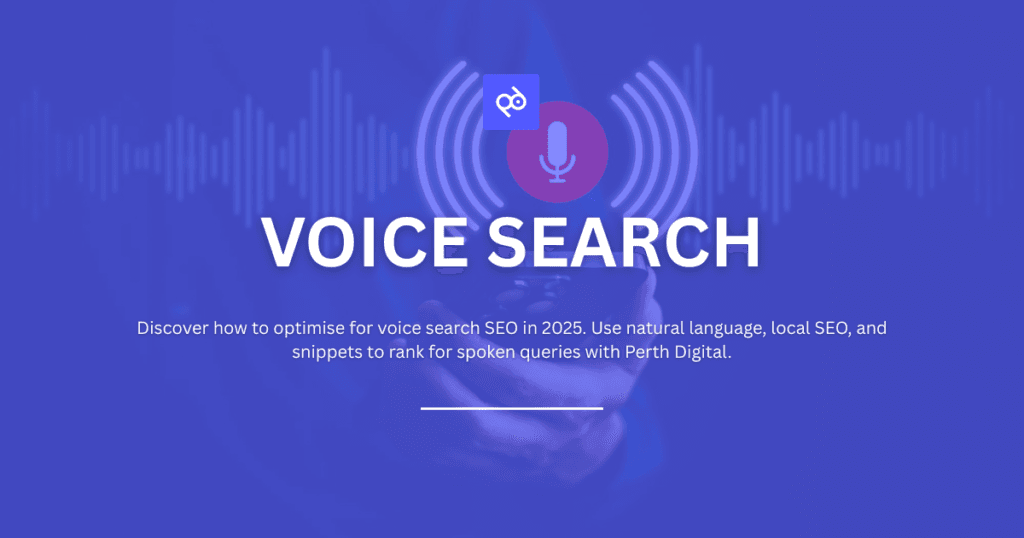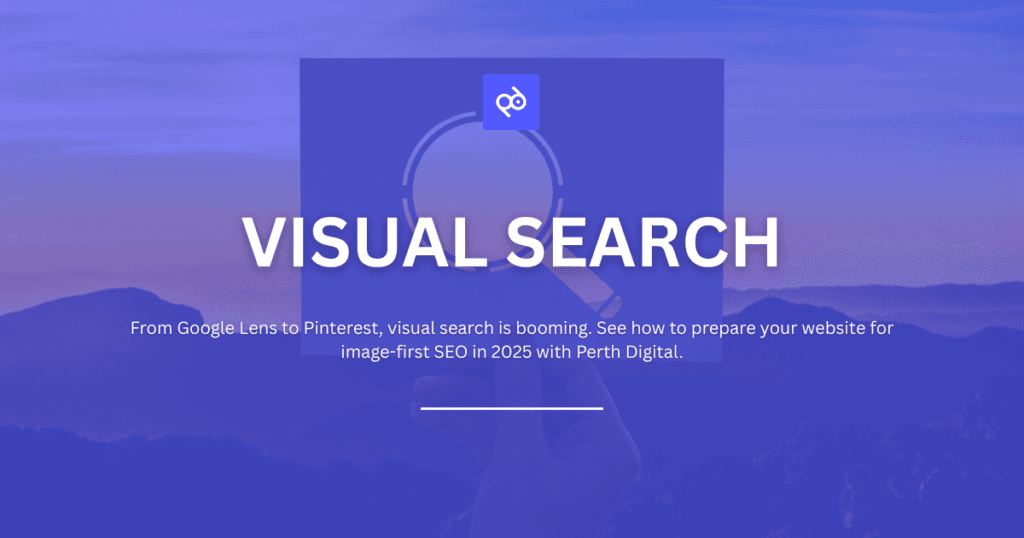If your website’s organic traffic has hit a wall and your search rankings are slipping, or worse, disappearing altogether, you’re not alone. Even well-established sites with great content can experience a sudden plateau or drop in performance. And when it happens, it can feel confusing and frustrating, especially if you don’t know what caused it.
The good news? A well-executed SEO audit can reveal the underlying issues and offer a clear roadmap to recovery. Understanding the power of SEO audits, and how to conduct one properly, is key to regaining your website visibility and driving meaningful traffic again.
Understanding Why Rankings Stall
Before jumping into the fix, it’s important to understand the causes behind a rankings plateau or decline. Search engines like Google update their algorithms regularly, and even minor shifts can affect your site’s visibility if you’re not keeping up.
One common reason for stalled rankings is technical debt, which are issues that accumulate over time as your website grows. These could be content changes, broken links, outdated redirects, slow page speed, missing metadata, or updates made without an overarching SEO strategy in place.
Another common culprit is content decay. That brilliant blog post you published two years ago may no longer be relevant or comprehensive enough to satisfy user intent today. Google rewards freshness and topical depth, so if your content is lagging behind competitors, rankings will follow suit.
Then there’s the competition. SEO is dynamic. If your competitors are continually optimising their websites, improving their technical foundations, updating content, earning backlinks, and you’re standing still, they’ll eventually outrank you.
What Is an SEO Audit?
An SEO audit is an in-depth examination of your website’s ability to appear in search engine results. It evaluates every factor that affects your visibility online, from how well your pages are crawled and indexed by search engines, to how quickly your site loads, to how relevant and useful your content is.
The goal of an audit isn’t just to tick boxes or produce a fancy PDF. It’s to uncover the real issues affecting your performance and to give you a practical, prioritised plan to improve search rankings.
There are different types of SEO audits, including on-page audits, content audits, and backlink audits, but perhaps the most critical is the technical SEO audit. This is the foundation that supports everything else. Without a solid technical structure, even the best content can struggle to rank.
Signs You Need an SEO Audit
If you’re not sure whether your site needs an audit, look out for the following signs:
- A gradual or sudden decline in organic traffic.
- A drop in keyword rankings or disappearance from the SERPs.
- Pages taking too long to load.
- Poor performance on mobile devices.
- An increase in bounce rate or drop in conversions.
- Google Search Console reporting crawl errors or indexing issues.
- Duplicate content warnings or missing metadata.
- Reduced visibility in local or map-based searches (for local businesses).
If any of these sound familiar, a smart SEO audit could be just what your site needs to get back on track.
Why Your Rankings Might Have Stalled
Before jumping into fixes, it’s important to understand why your rankings may have levelled off or declined. Some common culprits include:
1. Algorithm Updates
Google updates its algorithm thousands of times a year. Some are minor; others (like Core Updates) can drastically shift the SERPs. If your site doesn’t meet the updated quality signals, your rankings can drop overnight.
Example: If your content used to rank well due to keyword stuffing, a Google update prioritising helpful, user-centric content could hurt your visibility.
2. Technical Issues
Crawling and indexing problems, slow load times, broken links, or a non-mobile-friendly site can all quietly kill your SEO performance.
Example: You notice traffic has slowly declined on your eCommerce site. After running a crawl with Screaming Frog, you discover that several product pages return 404 errors, and others have duplicate canonical tags. These issues prevent Google from indexing them correctly, affecting their visibility in search.
3. Content Decay
Old content loses relevance. If your blogs or pages haven’t been updated in a while, competitors with fresher, better-optimised content may have taken your place.
Example: Your blog post from 2019 titled “Best SEO Tools” used to bring in 1,000 visitors a month. Now it gets less than 100. A quick look at the SERP shows newer articles that include AI-powered tools released in 2024, while yours still focuses on tools popular five years ago. Google sees your post as outdated and less useful to users.
4. Increased Competition
New players enter the market all the time. Even if your content is solid, competitors may be doing more to optimise, from stronger backlink building to better on-page SEO.
Example: You run a local landscaping business. A new competitor in your city launches a sleek, mobile-optimised website with informative blog posts and lots of positive Google Reviews. Their pages start outranking yours, especially on location-based search terms like “landscaping services in Manchester”.
5. Poor Internal Linking
If your content isn’t properly interlinked, search engines might struggle to understand its structure, which could affect crawlability and ranking potential.
Example: Your site has a great guide titled “The Ultimate Guide to Home Renovation”, but it’s buried in your blog and has no links from your main service pages. As a result, Google doesn’t see it as a priority, and users never discover it, despite its quality. With proper internal links, the page could drive more organic traffic and boost related service page rankings.
How to Conduct a Smart SEO Audit (Step-by-Step)
A truly effective audit is both broad and deep. It should cover every important element, not just what looks good on the surface. Here’s how to get started, using a simplified version of a technical SEO audit checklist.
1. Crawl Your Website Like a Search Engine
Use tools like Screaming Frog, Sitebulb, or SEMrush’s site audit feature to simulate how search engines crawl your site. This will show you issues like:
- Broken internal links.
- Redirect chains or loops.
- Missing or duplicate meta titles and descriptions.
- Thin content pages.
- Canonicalisation errors.
The crawl data provides a clear map of your site’s structure and helps you identify technical problems that could prevent pages from being properly indexed.
2. Check Your Indexing Status
Head to Google Search Console and review the “Pages” report. This will show you which URLs are indexed, and which aren’t, along with reasons why. Common issues include:
- “Crawled – currently not indexed”.
- “Discovered – currently not indexed”.
- “Excluded by ‘noindex’ tag”.
Make sure all valuable pages are crawlable and indexable. If they’re not showing up in search results, you’ll need to investigate why.
3. Review Core Web Vitals and Site Speed
Page speed and website usability are now confirmed ranking factors, thanks to Google’s Core Web Vitals. Use Google PageSpeed Insights or Lighthouse to evaluate:
- Largest Contentful Paint (LCP): how fast your main content loads.
- First Input Delay (FID): how quickly users can interact.
- Cumulative Layout Shift (CLS): how stable your layout is.
If your scores are low, optimising images, enabling caching, or upgrading hosting can make a big difference.
4. Analyse Your Site Structure and Internal Linking
A strong site structure helps both users and search engines find content easily. Make sure:
- Your most important pages aren’t buried too deep in the site hierarchy.
- You’re using internal links to connect related content.
- Anchor text is descriptive and varied.
For example, linking from a blog post about “on-page SEO tips” to your “SEO audit services” page strengthens relevance and helps pass authority.
5. Identify and Fix Duplicate Content
Duplicate content confuses search engines and can dilute ranking power. Use tools like Siteliner, Copyscape, or the Screaming Frog duplicate content report to detect:
- Identical title tags or meta descriptions.
- Pages with the same body content.
- Multiple URLs showing the same content (often due to parameters or filters).
Use canonical tags and 301 redirects where appropriate to consolidate signals and avoid cannibalisation.
6. Evaluate Mobile Friendliness
With mobile-first indexing, Google prioritises the mobile version of your site. Use Google’s Mobile-Friendly Test to check for:
- Text too small to read.
- Elements too close together.
- Viewport not set.
- Unplayable content or broken mobile functionality.
Responsive design and a focus on usability are non-negotiable in 2025.
7. Audit Your Content for Relevance and Depth
Next, it’s time to move beyond the technicals and look at your content. Is it meeting user intent? Does it cover the topic in enough depth? Is it up to date?
Choose a few pages that used to rank well but no longer do. Compare them to the current top-ranking results. Are they more comprehensive? Are they using better formatting, fresher data, more visuals?
Updating, expanding, and refreshing older content is one of the fastest ways to improve search rankings without reinventing the wheel. Remember to write quality content that answers users’ questions.
Common Fixes That Lead to Big Wins
After conducting hundreds of SEO audits, we’ve found that a few recurring fixes often lead to big improvements:
- Fixing broken internal links: This restores crawl paths and improves user experience.
- Speeding up slow-loading pages: Especially for mobile users.
- Updating outdated blog posts: Adding new stats, examples, and insights.
- Improving title tags and meta descriptions: To increase click-through rates.
- Consolidating duplicate pages: To focus authority and avoid confusion.
- Strengthening internal linking: To help search engines understand site hierarchy.
None of these require rocket science. They just require focus, consistency, and a willingness to prioritise what matters most.
How Often Should You Perform an SEO Audit?
For most websites, a comprehensive SEO audit should be conducted at least once a year. However, if you’re in a competitive industry, making frequent site changes, or experiencing a drop in performance, a quarterly audit is ideal.
Think of it like regular servicing for your car. You wouldn’t drive 50,000 kilometres without checking the tyres or oil, your website needs the same care to perform at its best.
SEO Audits Are the Reset Button Your Website Needs
If your rankings have stalled or declined, it’s tempting to panic, blame the algorithm, or throw more money at ads. But more often than not, the solution lies within your control.
A thorough SEO audit not only reveals what’s wrong, it shows you what to fix, where to focus your energy, and how to build a stronger, more resilient SEO strategy for the future.
By using a structured approach, incorporating a detailed technical SEO audit checklist and staying proactive about content and performance, you can get your site back on the path to growth and improve search rankings consistently.
So, if you haven’t reviewed your site in a while, now is the time. SEO isn’t set and forget, but with the right audit, you can stop guessing, start fixing, and finally move forward with confidence.
Are you ready to boost your website’s SEO? Perth Digital provides complete SEO packages, including website audits, driving higher rankings and a better user experience. Book a free consultation for a tailored strategy today.



